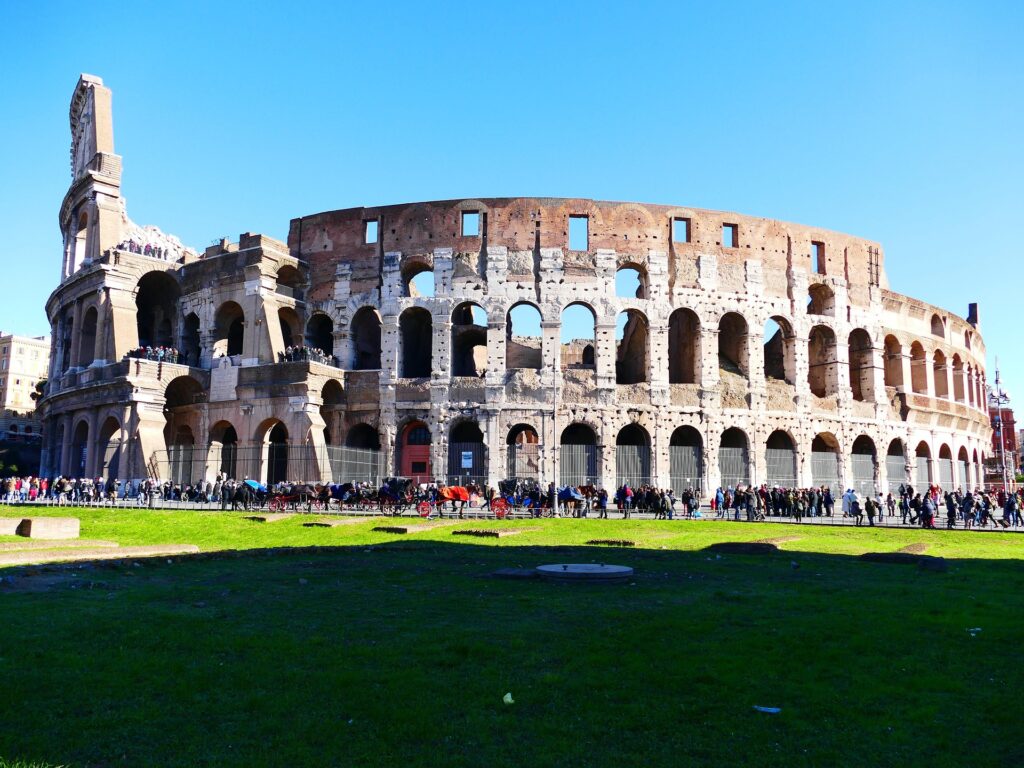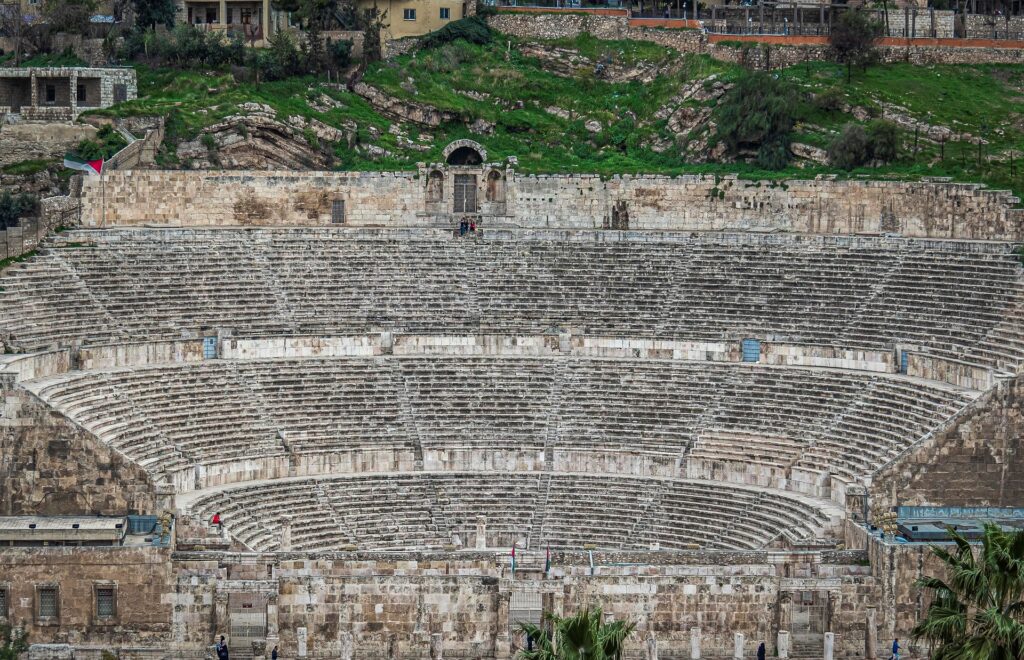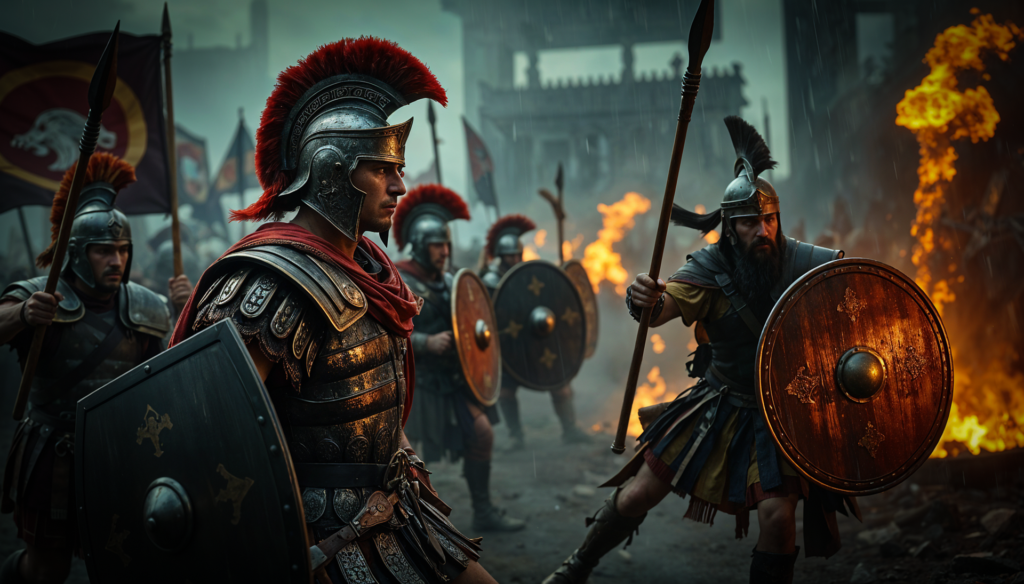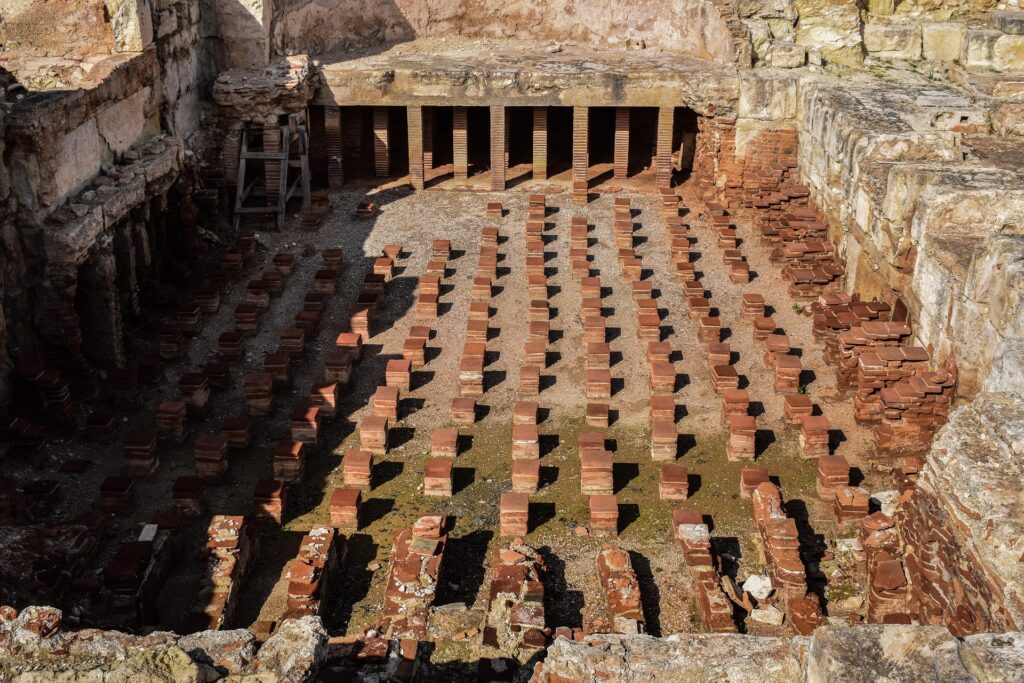“What if I told you that one of the greatest empires in history, which ruled for over a thousand years, eventually collapsed? The story of the Roman Empire is one of power, glory, ambition… and downfall. How did Rome rise to dominate the world? And what led to its epic fall? Let’s dive into the fascinating journey of the Roman Empire From its glorious rise to its dramatic fall, this empire shaped the world as we know it. So, what led to its incredible success, and what caused its downfall? Let’s find out!”

The Rise of Rome From Republic to Empire
1. The Founding of Rome (753 BCE – 509 BCE)
According to legend, Rome was founded in 753 BCE by Romulus and Remus, twin brothers raised by a she-wolf. Over time, Rome developed into a powerful city-state ruled by kings. However, in 509 BCE, the Romans overthrew their last king and established the Roman Republic, a government led by elected officials and the Senate.
2. The Expansion of the Roman Republic (509 BCE – 27 BCE)
With a strong military and a well-organized government, Rome expanded rapidly:
- The Punic Wars (264-146 BCE): Rome defeated Carthage, its greatest rival, and became the dominant power in the Mediterranean.
- Conquest of Greece, Egypt, and Gaul: Rome absorbed the cultures and knowledge of these regions, strengthening its power.
- Julius Caesar’s Rule (49-44 BCE): A brilliant general, Julius Caesar conquered Gaul and became Rome’s dictator. His assassination in 44 BCE marked the end of the Republic.
3. The Roman Empire Begins (27 BCE – 476 CE)
After years of civil war, Octavian (Augustus) became Rome’s first emperor in 27 BCE, marking the beginning of the Roman Empire. Under Augustus and later emperors, Rome reached its peak, known as the Pax Romana (Roman Peace), lasting for nearly 200 years.
Achievements of the Roman Empire:
✅ Advanced Engineering: Rome built roads, aqueducts, and architectural wonders like the Colosseum.
✅ Legal System: The Roman legal code influenced modern laws worldwide.
✅ Cultural Influence: Roman art, literature, and philosophy shaped Western civilization.
The Fall of Rome Causes of Decline
Despite its power, Rome could not last forever. Historians debate the exact reasons for its fall, but here are the key factors that led to its collapse:

1. Political Corruption and Weak Leadership
Over time, the Roman government became corrupt. Emperors were often assassinated, and power struggles weakened the empire. In just 50 years (235-284 CE), Rome had 26 emperors, most of whom were killed or overthrown.
2. Economic Problems and Heavy Taxes
Rome’s economy suffered due to:
💰 High Taxes – Citizens were burdened with heavy taxes to support the army.
⚒️ Slave Dependence – Rome’s reliance on slave labor slowed technological progress.
🪙 Inflation – The value of Roman money declined, making trade difficult.
3. Military Decline and Barbarian Invasions
The once-powerful Roman army became weak because of:
- The recruitment of foreign mercenaries who were less loyal to Rome.
- Constant barbarian invasions by the Visigoths, Vandals, and Huns.
In 410 CE, the Visigoths, led by Alaric, sacked Rome. In 455 CE, the Vandals did the same, showing Rome’s vulnerability.

4. Division of the Empire
In 285 CE, Emperor Diocletian split the empire into:
⚔️ Western Roman Empire (Rome)
⚔️ Eastern Roman Empire (Byzantium, later Constantinople)
While the Eastern Empire thrived, the Western Empire weakened and fell.
5. The Final Collapse (476 CE)
The last Roman emperor, Romulus Augustulus, was overthrown by the Germanic leader Odoacer in 476 CE, marking the official fall of the Western Roman Empire. The Eastern Roman Empire, known as the Byzantine Empire, survived for another 1,000 years until the fall of Constantinople in 1453 CE.

Legacy of the Roman Empire
Although Rome fell, its influence is still visible today:
🏛 Government & Law – Many legal systems are based on Roman law.
📚 Language – Latin influenced many languages, including English, Spanish, and French.
🏗 Architecture – Roman engineering inspired modern buildings, roads, and aqueducts.
Rome may have fallen, but its legacy continues to shape the modern world.
Final Thoughts: Lessons from Rome’s Fall
The Roman Empire’s fall teaches us valuable lessons about power, leadership, and sustainability. No civilization is invincible—corruption, economic struggles, and weak leadership can bring down even the mightiest of empires.
🔎 What do you think? Was Rome’s fall inevitable, or could it have been prevented? Let us know in the comments!
📜 Stay tuned for more historical insights on New Chronicles !
No responses yet